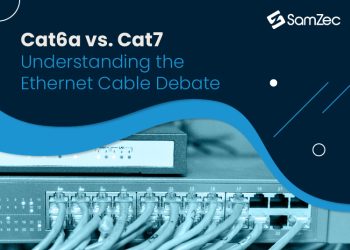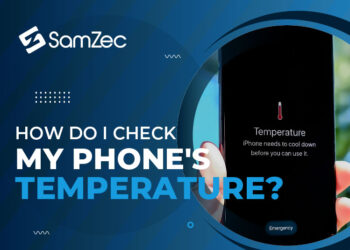Many educational institutions and organizations offer free Wi-Fi to students and their staff, respectively to increase productivity. Wi-Fi hotspots remain a popular method of connecting to the internet via your smartphones, laptops, or tablets for connectivity purposes. Thanks to convenience in usage, hotspot technology is gaining popularity among the masses rapidly. However, being easy to access and convenient to use don’t simply employ that mobile wireless hotspot is safe and secure. As a matter of fact, this wireless technology has emerged as a serious threat to your personal and private data. Therefore, it has become of prime importance that one should know how hotspot technology works as it will keep your data safe.
Recommended: How to Set up a Router without a Modem
Wi-Fi Hotspot Technology
If you are thinking that the Wi-Fi hotspot works in a manner that is exactly similar to that of your home or organization’s Wi-Fi, you couldn’t be more right then. Radio signals are used by wireless access points to receive/send data to the internet or other devices. As far as Wi-Fi access points are concerned, they enjoy the connection with the worldwide internet via a server or a router (these two components, i-e server or a router, governs access to the Wi-Fi. The receiving and sending of the signals have been standardized by the IEEE regulations.
Free & Paid Hotspots
As mentioned in the introductory paragraph, there are several organizations — commercial, educational, and public — that offer free access to Wi-Fi hotspots. It means that citizens near these access points can enjoy uninterrupted access to the internet and that too without paying a single penny. However, some Wi-Fi hotspots require you to pay to access the internet. As far as payment methods are concerned, they vary like through your credit card or debit card. You can also pay through the case; once payment is done, you are granted access to the internet.
Hotspots & Digital Threats
Despite all the evolution in wireless technology, wired connections are much more secure than their wireless counterparts. The reason being the simple one: wired connections deploy multi-layered security features that keep malicious elements at bay. However, this is not the case with hotspot technology. Anyone with malicious designs can set up a free connection and access your data once you establish a connection. It has been observed that malicious elements use the technique of “evil twin”. In this technique, they impersonate a legitimate hotspot point by giving the connection the name almost similar to the legitimate connection. If your data is not encrypted, then, your passwords, financial information, messages, and other private data can be easily accessed by hackers.
Using Hotspots Safely
When searching for hotspot connections, if you notice that your mobile or laptop, or tablet establishes a connection without requiring a password, it simply means that all of your private data is now vulnerable to theft. If a hotspot connection requires a password, it means they are legitimate connections as they have deployed a strong protection layer to keep malicious elements at bay. The 3 different kinds of password protection are:
- Wired Equivalent Privacy
- Wi-Fi Protected Access
- WPA2
Hope, next time you will only connect your device to a legitimate hotspot connection as this remains the key to protect your privacy.




















